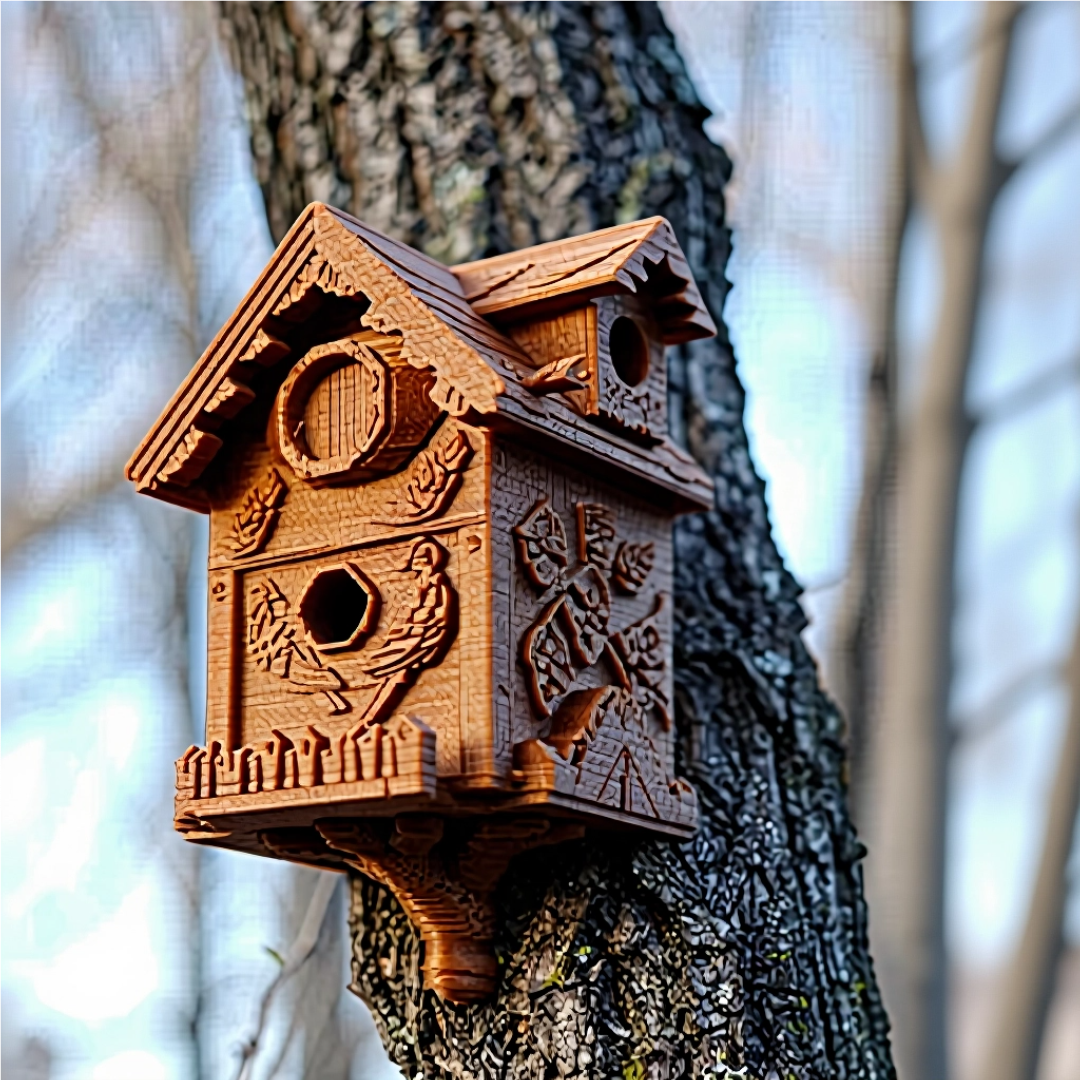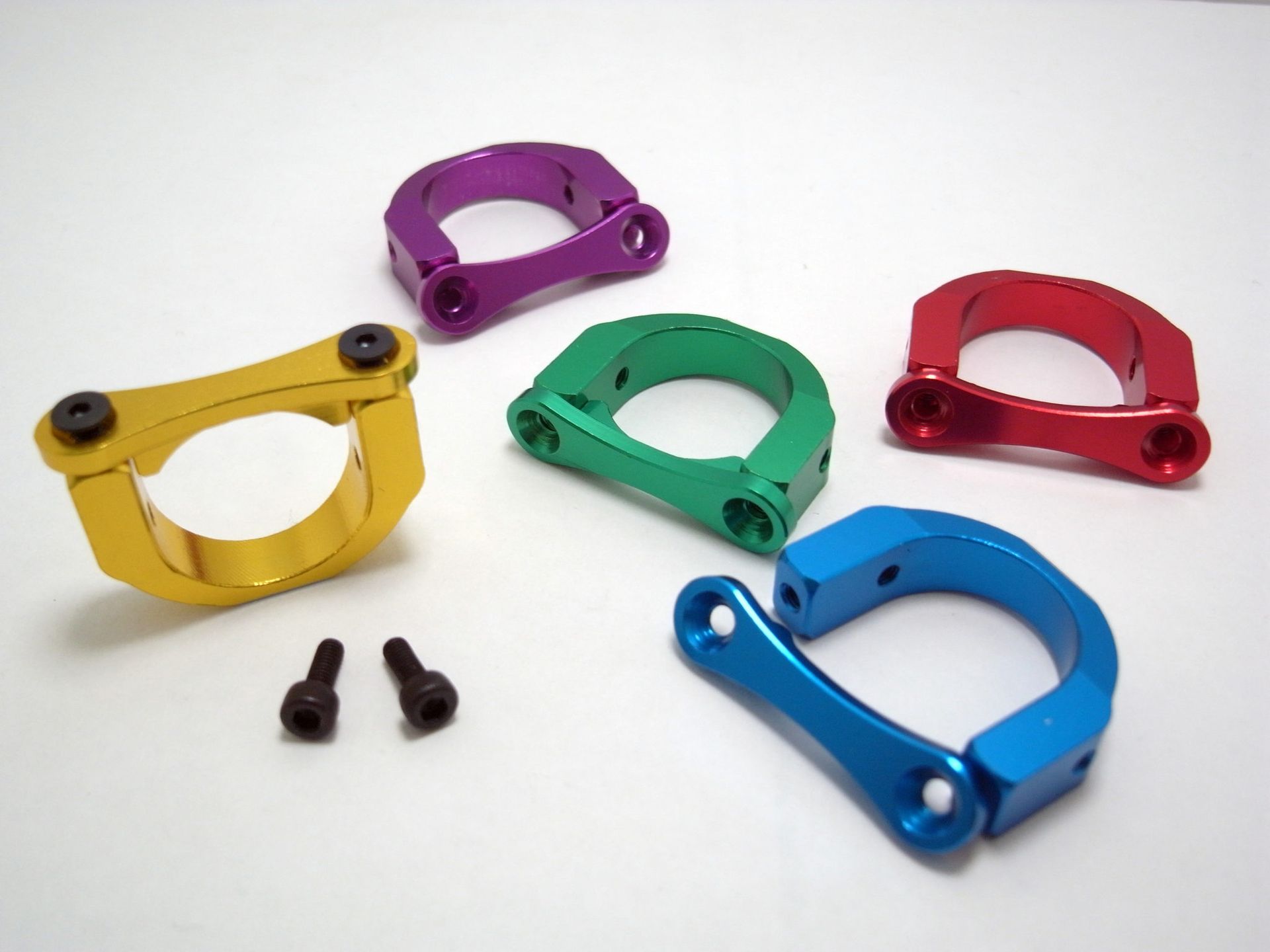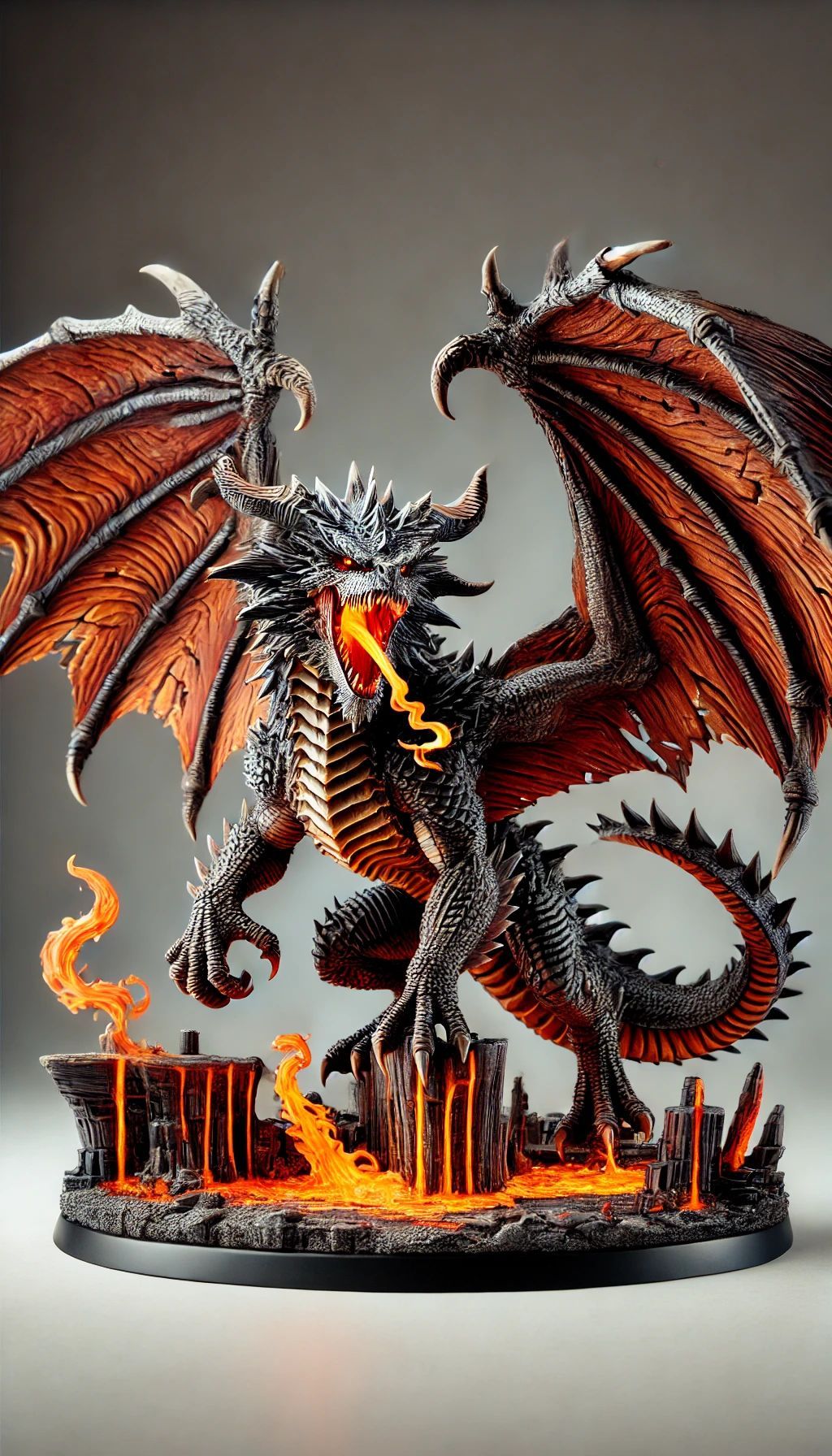3D Printed PETG
PETG – Tough, UV‑Resistant 3D Printing for Outdoor and Functional Parts
Overview
PETG is one of those materials that just ticks a lot of boxes. It’s strong, flexible, looks good straight off the printer, and holds up really well outdoors. If you’re trying to decide between ABS and something a bit more durable long-term — especially if UV exposure is a concern — I’ll often point you toward PETG.
I’ve used PETG for all sorts of jobs where ABS just wasn’t going to last. Outdoor enclosures, brackets, replacement parts for garden machinery — anywhere that sits in the sun or faces the weather. With PETG, you get strength like ABS but it won’t go brittle after a couple of years.
Key Technical Specifications (Typical Values)
• Tensile strength: 45–55 MPa
• Elongation at break: 20–30%
• Heat deflection temperature: 70–80°C
• Impact resistance: Moderate to high
• UV resistance: Very good
• Chemical resistance: Good (alkalis, acids, oils)
• Density: ~1.27 g/cm³
• Surface finish: Natural gloss, smooth layers
It’s a great all-rounder. Not too brittle, not too soft. And with a bit of tweaking in the print settings, it produces solid, dependable results.
Why I Recommend PETG for Engineers
Engineers like PETG because it just works — especially when you’re after:
• Something with more give than PLA
• Better durability than ABS under sunlight
• Smooth finishes without a lot of sanding
• No major shrinkage or warping
It’s forgiving on most printers, holds its shape, and gives you the kind of mechanical performance that works well for real‑world, functional parts.
Where PETG Performs Best
I’ve used PETG in more jobs than I can count — and these are some of the most common applications:
• Outdoor-use brackets and enclosures
• Transparent or semi-clear parts
• Replacement parts for tools and garden equipment
• Signage clips and mounting gear
• Jigs and fixtures for short production runs
• Low-friction components with minimal wear
If someone says, “Can you make this part to last in a hot, sunny environment?”, I already know ABS won’t cut it — PETG is the answer.
What to Consider When Printing with PETG
Now, it’s not without its quirks — here’s what we look out for:
• PETG loves to string — we optimise retraction settings to manage that
• Bed adhesion is great, but it can fuse too well — we use glue or sheets to keep removal easy
• It needs a bit of heat (usually 230–250°C), and a heated bed (75–85°C)
• Cooling matters — too much and you lose strength, too little and surfaces suffer
We tune every job depending on what the part’s actually doing. If it’s structural, we’ll up the infill and increase walls. If it’s just cosmetic or non-load-bearing, we can go lighter and faster to save cost.
For Buyers and Project Managers
PETG offers a solid middle ground for price vs performance. Here’s why buyers like it:
• No tooling costs, fast turnaround
• Good weather resistance without post-processing
• Suitable for batch production or one-offs
• Available in a range of colours, including clear
It’s not as brittle as PLA, not as finicky as ABS, and doesn’t need industrial-level machines to get right. That makes it ideal for prototypes, one-off custom parts, or as a stand-in for injection moulded components during early development.
Why We Use PETG at Mitchell & Son
One job that comes to mind — customer needed garden tool parts that kept cracking after a season. Originally made in ABS, but sun exposure killed it. I told them straight: "ABS isn’t your mate here. Let me run this in PETG, and you won’t have to come back next summer." We redesigned the part, printed it in PETG, and it’s still going strong today. Saved them money and hassle — and that’s what it’s about.
PETG is just one of those materials that we trust when we know the part is going to be used — not just looked at.
SOME INFOMATION ABOUT THE MATERIAL
3D printing has come a long way in the last few years. It’s not just a hobbyist tool anymore — businesses, workshops, and even people at home are using it to solve problems, save money, and keep older equipment running. And one of the standout materials that’s made this possible is PETG.
Now, PETG stands for polyethylene terephthalate glycol. That sounds like a mouthful, doesn’t it? But in plain English, it’s a type of plastic filament that’s become a favourite among 3D printers because of how reliable it is.
Let me explain why.
💪 Why PETG is Popular
PETG prints easily, sticks its layers together nicely, and doesn’t shrink much as it cools down. That means you can do bigger prints without worrying about corners lifting off the bed or warping halfway through. Compared to PLA or ABS, PETG just behaves better when you’re working on larger, stronger parts.
It’s also:
Strong – great for anything that needs to handle a bit of pressure or weight.
Chemical resistant – handy if the part will come into contact with oils, fuels, or cleaning products.
Odourless when printing – unlike ABS, which stinks the place out, PETG is easy on the nose.
Because of all that, PETG has become the material of choice for a lot of printers, myself included. But like anything, there are a few things worth knowing before you jump in.
⚙️ Things to Keep in Mind When Printing with PETG
Here’s what I tell people when they ask about using PETG:
Settings matter.
PETG’s a brilliant material, but if your printer’s not set up right, it can be a bit of a nightmare. Temperature, bed adhesion, fan speed — they all play a part. If you’ve never used it before, expect a bit of trial and error.
It can get messy.
PETG likes to ooze. If you’re not careful, your nozzle will pick up stringing, blobs, or little wisps of plastic. That’s normal — it just means you need to fine-tune your retraction settings and maybe keep a scraper handy.
Be careful when removing prints.
PETG sticks very well to the print bed. Sometimes too well. I’ve seen people crack their glass plates trying to force parts off. Best tip? Let the bed cool down first — prints usually pop off easier.
With a bit of patience, PETG will give you strong, reliable prints that not only look good but will also last.
🛠️ How We Use PETG at Mitchell & Son
At Mitchell & Son, this is exactly the sort of thing we deal with day in, day out. We don’t just print trinkets — we help people and businesses get real, working solutions.
A factory that needs a replacement bracket for a machine that’s been discontinued? We design it, print it in PETG, and they’re back in action without spending thousands on tooling.
A homeowner who’s snapped a greenhouse clip or a part on their garden furniture? We replicate it in PETG so it’ll last outdoors.
An engineer who needs a prototype part before going into full production? We CAD it up, print it, and get them something they can test properly.
For us, it’s not just about the print — it’s about asking the right questions. Where’s it going to be used? Will it see sunlight? Will it take weight or pressure? That’s how we choose the right material and settings.
👨🏭 Support for Industry and the Man on the Street
We know not everyone has the time or kit to do this themselves. That’s where we come in.
For industry, we offer:
CAD design and modelling support
3D printing in PETG, ABS, and other engineering plastics
Prototyping, small batch production, and cost-effective replacements for obsolete parts
For everyday folks, we keep it simple. Bring us the broken bit, and we’ll figure it out. You don’t need to know what CAD software is or what PETG stands for. That’s our job.
And here’s the thing — we don’t believe in charging silly money. Injection moulding can cost thousands just to get started. With us, you’re often looking at a couple of hundred quid to get something back in working order.
🌟 Why PETG Makes Sense
At the end of the day, PETG is one of those rare materials that ticks a lot of boxes. It’s easy enough to print once you know how, strong enough for most applications, and resistant enough to last outdoors or around chemicals.
Whether you’re running a business that needs parts yesterday, or you’re just someone trying to get your garden furniture working again, PETG gives us the flexibility to make you something that lasts — without breaking the bank.
👋 Need Something Made?
That’s what we do here at Mitchell & Son. We take problems — missing parts, broken components, ideas that need a prototype — and turn them into real, usable solutions.
So if you’re wondering whether PETG (or any other plastic) is right for your project, give us a shout. We’ll talk you through it in plain English, not jargon, and get you sorted.













